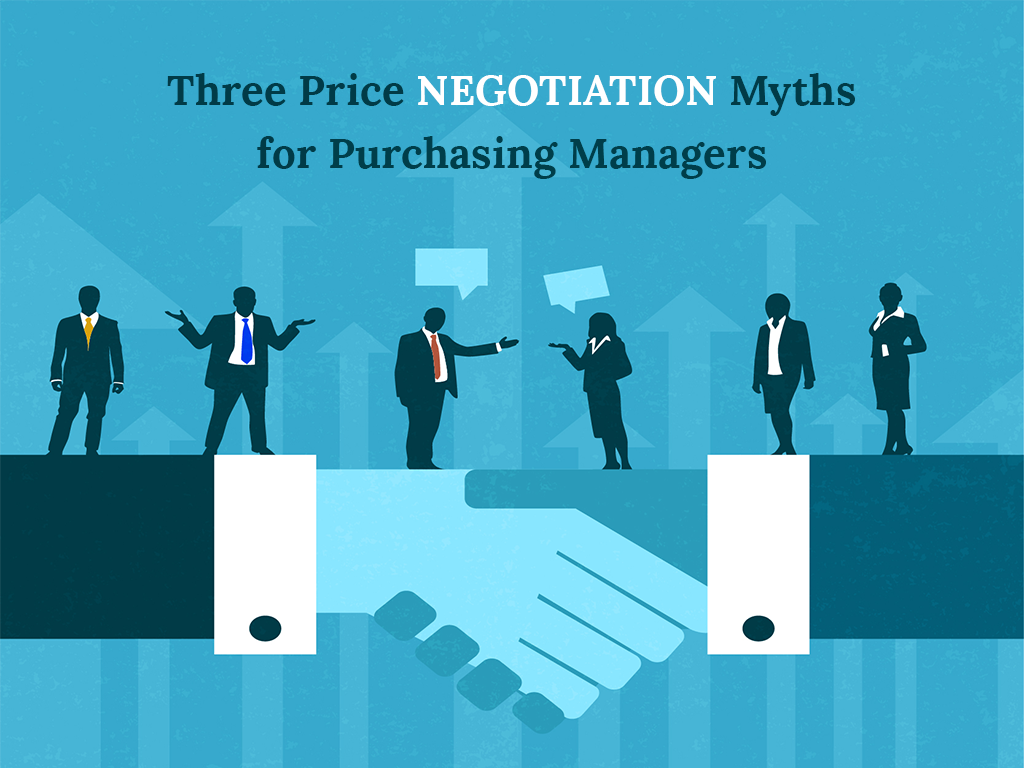In any form of business, making money and earning profit is still the endpoint of each process. Thus, the buyer and the seller have their own purposes and objectives in a business transaction. For the buyer or customers, they look at price and also value wherein they can have better savings. On the other hand, the vendors have their own strategies and goals to maximize profit. Negotiation takes place between both parties to try to reach their desired goals.
However, there are several myths that purchasing managers often adhere to in terms of price negotiations. It is very important to consider the myths and what they mean for purchasing managers. Here are three myths for price negotiations.
Myth 1: Price is King.
Many purchasing managers fall into the trap of looking at the price, the bottom line. That is important, but it involves many other considerations that result in the perceived value. One item may be slightly higher, but due to branding and marketing it has a higher perceived value. So then you have to consider all of that pointing out that the product’s success and how that will satisfy the needs of the end user. The purchasing department should be aware that customers can ultimately determine how to react and interpret the marketing messages. The companies are spending ideal time to research the market and get a good sense of how the customers feel and think.
Purchasing managers often look at price first to see where to maximize savings, but they must also consider what values are important to them and their business.
Myth 2: Buyer Has Exclusive Authority
The purchasing manager may or may not be the decision-maker. Depending on the size of the company, the number of employees in the department, and the chain of command, the purchasing manager may not be considered any more than the ‘signatory’. The procurement manager is usually part of a bigger team, whether that is within their department or working in hand with other company executives. This works as a built-in safety net to prevent one person from destroying a deal.
It is also important to share all information with the entire team of decision-makers. This is easily done through the use of purchasing software, but at the same time, it is only as good as the people using it so making full use of the software requires full participation.
Myth 3: Purchasing Managers Get Bonuses for Savings.
If you operate on the premise that purchasing managers get paid bonuses based on money saved, then that can lead to many problems. The reality is that 8 out of 10 purchasing managers work on a fixed salary. The other 20% that may have some bonuses or other payment structure beyond a fixed salary do not do so in relation to direct savings but rather other measurements of effectiveness. These could include things such as successful and timely payments, a percentage decline in complaints about invoicing, or streamlining vendors for more optimum pricing and supply management.
Negotiating with the buyer may be tough at times if people do not know how to manage it properly. Understanding these myths will allow a purchasing manager to operate from a different position going into negotiations. When you take a closer look at these situations you are better able to perform and meet the needs of your business. There are also many purchasing and procurement seminars available which are specific to various industries. People have the chance to learn different techniques, problems and problem-solving methods for your industry. It can also give you the advantage in future negotiations in our competitive world.







